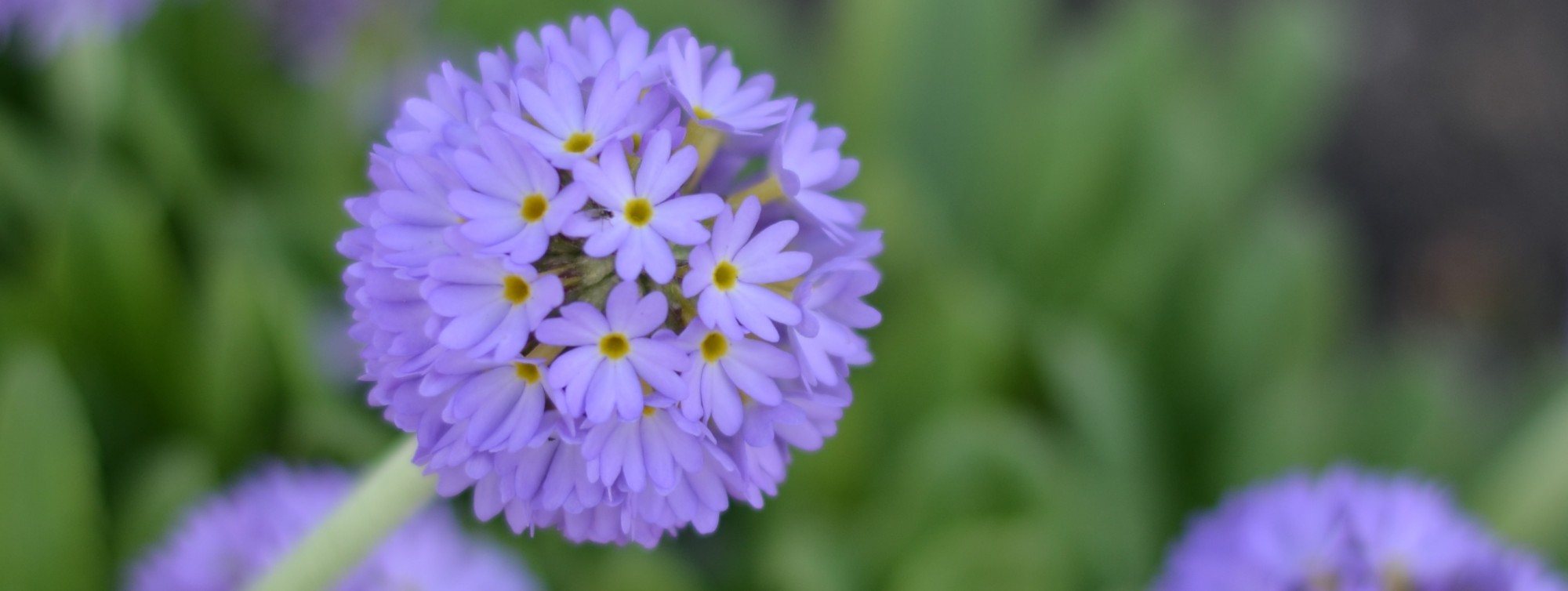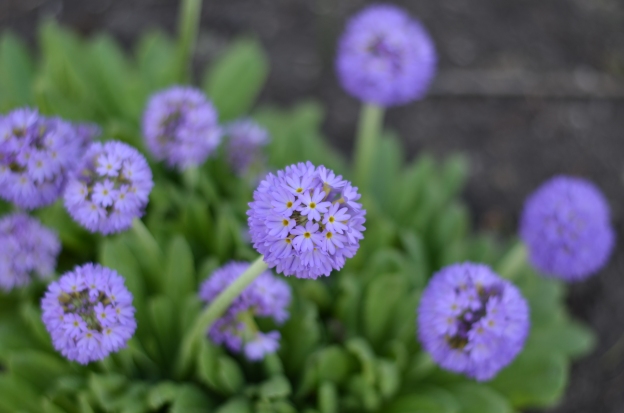POLYCYSTIC OVARIAN DISEASE (PCOS)
Known as a condition in which the ovaries develop thickened outer walls where unreleased partially stimulated eggs form cysts. In an ultra sound the ovaries are inflamed and larger than normal with multiple cysts. Mostly women with PCOS experience irregular periods especially if they are overweight. A nutritious diet to stabilize blood sugar levels and reduce body fat help to lower estrogen levels and create hormonal balance. Androgen levels produced in ovaries and adrenal glands must also be in balance. Many women with PCOS are considerably healed through a good healthy diet and exposure to natural sunlight.
PCOS is a complex disorder, few cases are possibly genetically linked. Conventional medicine cannot explain why some women suffer from PCOS but it is speculated that the disorder is linked to excess body fat. The major problem with PCOS is that the ovaries produce too many androgens and usually unable to produce eggs. Therefore, periods are irregular, there is a build-up of the uterine lining which can cause hyperplasia or cancer. High levels of androgens are linked to excess circulation of insulin, usually due to a diet high in refined foods that raises blood sugar levels too fast. This in turn creates a higher risk for obesity, diabetes, heart disease, hypertension and hirsutism (excess facial hair). The overabundance of androgens also prevent normal cycle of egg development blocking the growth and maturation of eggs in the ovaries, thus creating cysts.
Therefore, women with PCOS may experience symptoms of acne, hair growth, infrequent menses, infertility, hypertension, loss of feminine body shape, Signs of masculinity — deepening voice, male pattern baldness, enlarged clitoris, enlarged shoulder muscles and diabetes.
TREATMENTS:
In conventional western medicine woman with hormonal imbalance are usually given the birth control pill, anti-androgenic drugs, insulin- lowering drugs and/or progestin to enable normal cycles. These treatments can be somewhat successful but do not address the hormonal status of the brain or lack of ovulation.
-Drink 6-8 glasses of pure water daily -Try to avoid alcohol, drugs and tobacco Reduce carbohydrates (80g/day), protein (60mg/ day), eat whole grains, fresh organic fruits and veggies, nuts seeds, fish.
Chaste tree: 40 drops or 175 mg/ day (.6% standardized extract) Rhodiola: 200mg/day Fenugreek powder: 24g/day, will improve insulin sensitivity and PCOS Chromium: 500-1000mg/day
Herbs that increase sex-hormone-binding globulin are helpful for PCOS. This will bind up excess androgens. These herbs include: Nettle root: 600mg/day Green tea: 500mg/day of extract flaxseed: 1-2 tbsp/day
Licorice can lower serum testosterone in woman Saw Palmetto (400mg/day) can inhibit the conversion of testosterone into Dihydrotestosterone.
• Saw palmetto (Serenoa repens) standardized extract, 160 mg two times daily, has anti-androgenic effects, meaning it lowers levels of male hormones in the body. It is sometimes suggested for treating polycystic ovary syndrome, although there is no scientific evidence whether it works or not. Saw palmetto may increase the risk of bleeding. If you take blood-thinning medications such as warfarin (Coumadin), ask your doctor before taking saw palmetto.
• Chaste tree (Vitex agnus castus) standardized extract, 20 – 40 mg daily before breakfast, also has anti-androgenic effects. Chaste tree can interfere with some antipsychotic drugs as well as some Parkinson’ s medications.
• Black cohosh (Actaea racemosa) standardized extract, 20 – 40 mg two times a day, is another herb with anti-androgenic effects. Do not take black cohosh if you have liver disease. Black cohosh may increase the risk of blood clots, so do not take it if you have a clotting disorder.
• Spearmint tea (Mentha spicata), 1 cup two times per day. A preliminary study found that women with hirsutism who drank spearmint tea had less free testosterone (a type of androgen or male hormone) in their blood. The researchers suggested that the tea might reduce symptoms of mild hirsutism. Another study found that spearmint tea lowered androgen levels in women who had PCOS.
Diet recommendations: low-glycemic index diet helps to stabilize hormones. Foods rich in nutrients balance insulin and glucagon levels and decrease inflammation. Eliminate refined carbohydrates, decrease grain products (no more than 2-3 servings per day). Consume more fresh veggies, fruits and lean proteins (chicken, eggs, fish and legumes). limit and eliminate red-meat and egg yolks high in Arachidonic Acid which may cause increased inflammation.
The active ingredient Indole-3-carbinol in Cruciferous veggies (kale, broccoli, mustard greens, cabbage etc) have shown to modulate estrogen levels, eat cooked/ steamed or fermented.
A high fiber diet has shown to decrease circulating estrogens, recommended at 25 grams per/day from beans, brown rice, veggies, fruits and whole grains.
Reduce and/or stop dairy intake, most cattle today is treated with BGH (bovine growth hormone) or rBST (recombinant bovine somatotropin) to stimulate the cow to produce more milk. This also presents difficulties and infections of utters which require antibiotics. These hormones and medications may stimulate the hormonal systems of humans; antibiotics are known to change the way the hormones are metabolized in the bowels and can change hormonal levels. Other research indicated that milk sugars (lactose) may be toxic to the ovaries and has been linked to ovarian cancer (Dr. Daniel Cramer, M.D., Sc. D., at Brigham and Woman’s Hospital in Boston). Organically produced dairy doesn’t seem to have the adverse effects.
Eliminate trans-fats (hydrogenated) which increase inflammation.
Nutritional approaches may take up to 2-3 months to achieve desired results.
*Diets are lifestyle guides, therefore should be followed indefinitely. *Herbal programs should be followed for at least 3-6 months before maximum benefits are realized.
Other alternative treatments:
An important area to address if a woman has PCOS and other female disorders is the thoughts and ideas surrounding the female ‘role’ and menstruation.
‘How might it have been different for you if, on your first menstrual day, your mother had given you bouquet of flowers and taken you to lunch, and then the two of you had gone to meet your father at the jeweller, where you ears were pierced, and your father bought you your first pair of earrings, and then you went with a few of your friends and your mother’s friends to get your first lip colouring; and then your went, for the very first time, to the Women’s lodge, to learn the wisdom of women? How might your life be different?’ – Judith Duerk, Circle of Stones.
In Christiane Northrup, M.D’s book ‘Womans bodies, Woman’s wisdom,’ She describes that the ovaries are encoded with the wisdom of creative drives and assertiveness in the outer world. An excessive, insufficient or imbalanced drive concerning creative, relationship and/or financial goals will affect the health of the ovaries. In dysfunction a woman with PCOS may turn to addictive behaviour and disbelief in her own creative ability.
In honour of our cycles, women must embrace and reclaim menstrual wisdom and bodies. We also must acknowledge negative attitudes concerning feminine nature. Usually at menarche (first menses) body fat is approximately 17%. Studies indicate that around 22% body fat is essential to sustain ovulatory function. Obesity can cause early menses and various problems such as PCOS, on the other side anorexia, physical and emotional overexertion can also cause irregular periods affecting the hypothalamus of the brain which plays a key role in hormone balance.
***If you are pregnant, you should not take medications, herbs, or supplements that change androgen levels. Talk to your doctor if you are pregnant, breast-feeding, or plan to become pregnant.
-See attached Lorna Vanderhaeghe’s Estrosmart or Estrosmart plus taken from:
http://www.healthyimmunity.com/products/Estrosmart-Plus.asp -See http://www.floliving.com on information about hormone balancing.
Treatments for woman’s disorders are similar as are some symptoms. It is crucial to visit a professional for diagnosis and seek immediate treatments. Diet and lifestyle are underlying and vital solutions to woman’s disorders as is a balance of emotional and physical endeavours.
Woman’s intuition is key and can change with cyclic patterns. Intuition is interfered with by drugs, alcohol and other unconscious behaviour. PMS, Painful menses, Endometriosis and PCOS are messages that our bodies are trying to convey to us as females about our internal and external environments. It is important and essential that we pay attention and find proper solutions to these problems, the evolution and health of humanity depends on us. Our daughters deserve our sober and innate wisdom.
Please consult your doctor and/or health care provider to discuss if any of these treatments are suitable for you.





